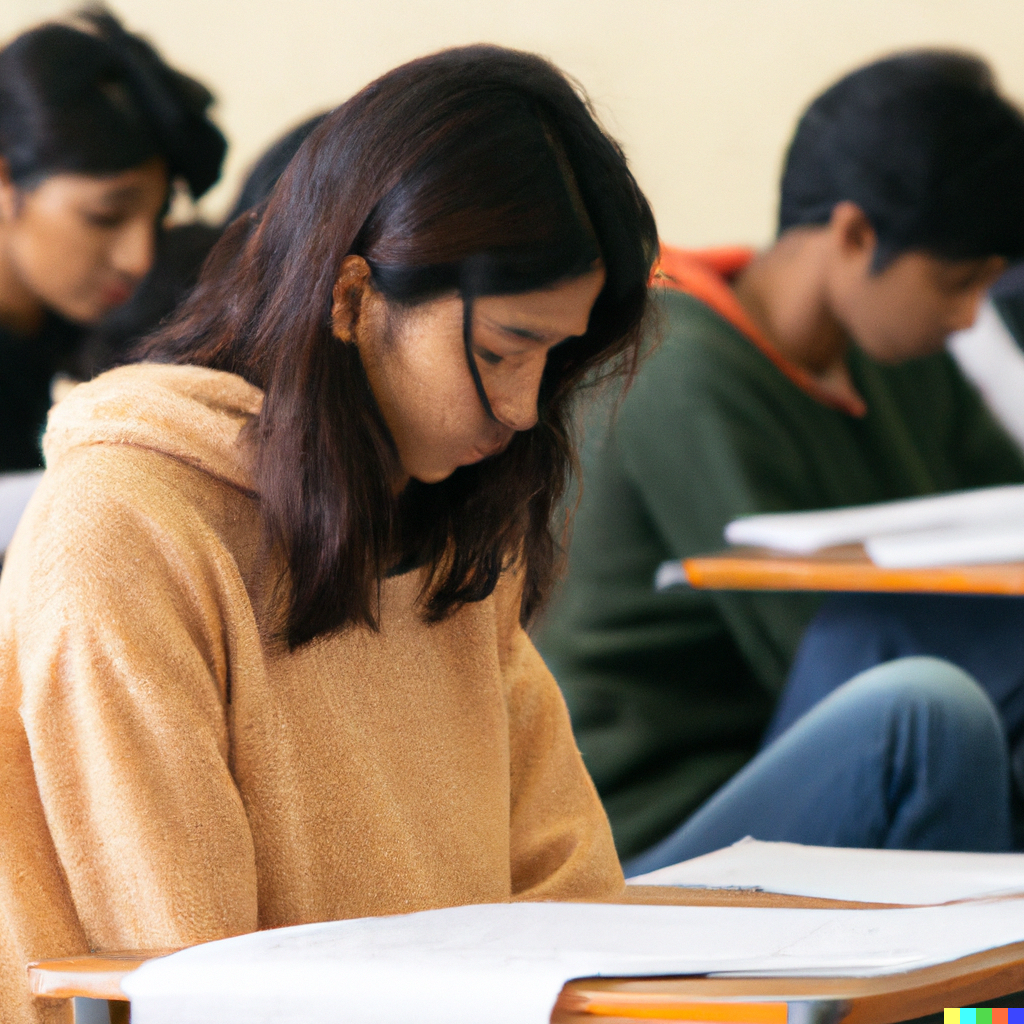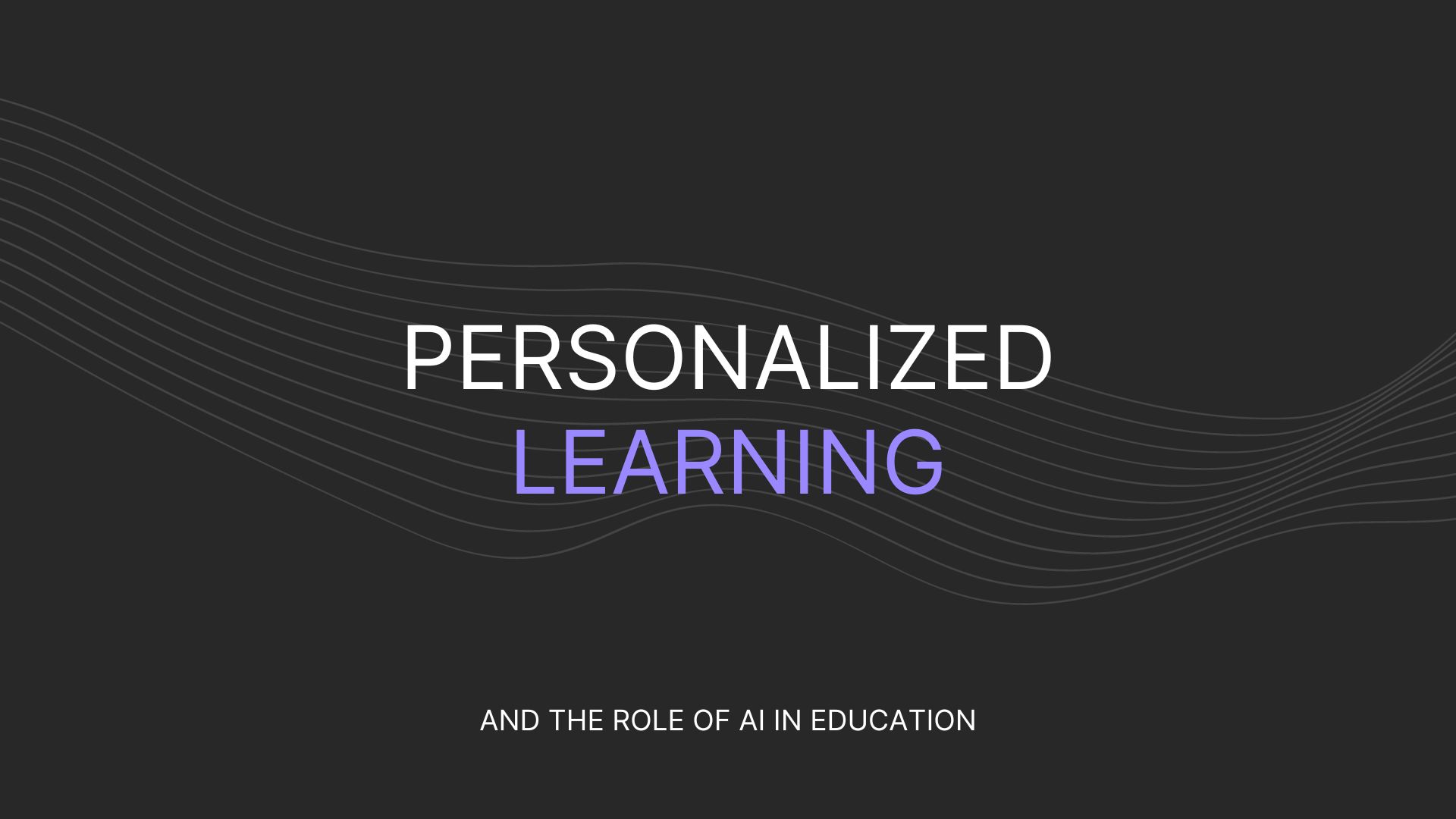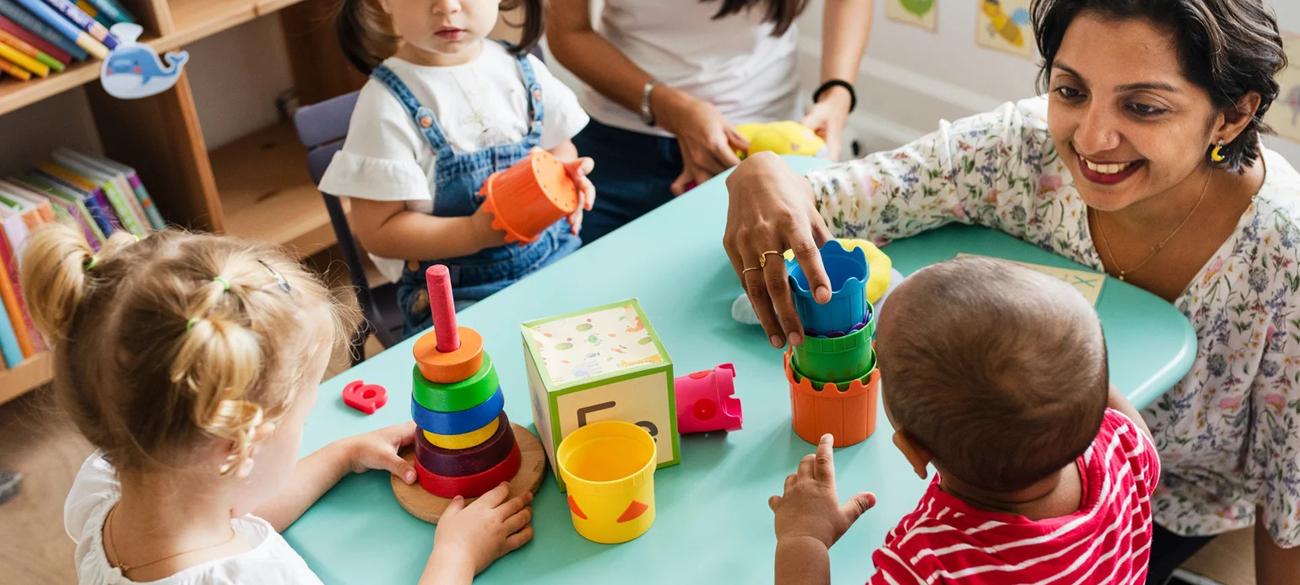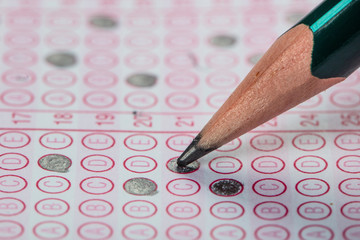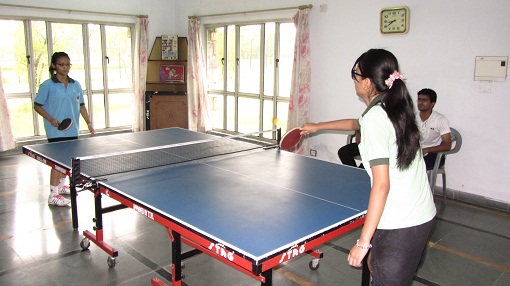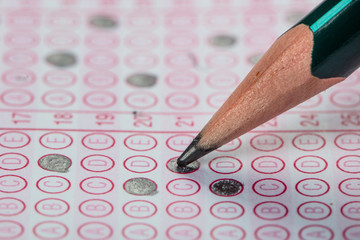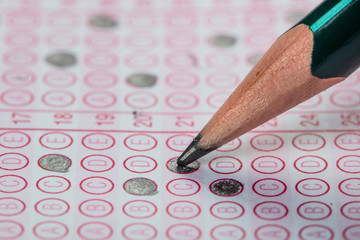Student Mental Health in the Time of Corona
One of the most critical challenges that were thrown by COVID-19 was in front of educators, students, teachers, and schools. It became an all-new form of study for millions of students all around the world. The physical classroom concept became alien and everything shifted online. The burden is immense when it comes to understanding, how to help students with mental health issues. Already there were a majority of students who faced mental health issues, and this digital learning has only aggravated it to the next level. Also, the pandemic itself has blown us all away with an extensive amount of stress, grief and sadness. All this transition, changes and stressors has its impact on mental health even more.
With this problem on mental health, a student can expect to lose motivation towards studies, there would also be an increased amount of pressure to be an independent learner, drastic changes in the daily work routines, and also family pressure. Also, by the end of March 2020, the Indian Psychiatry Society has claimed that there is an increase of 20% in mental health issue problems. What could be the major factors deriving this result? What can be the most crucial reasons behind the sudden surge? Will the education system be able to curb the ever-worsening mental health issues? How to help students with mental health issues? Let us try to understand this one by one.
Awareness about mental health is very important and the best way is to know what kind of issues the children face. It will be beneficial for educators to spread mental health awareness for high school students. Starting with some of the most common mental health issues that are being experienced by the students, here are some of the most common ones:-
-
Mood swings
-
Low motivation
-
Irritability
-
Anxiety
-
Low concentration
-
Eating disorder
-
Anger issues
-
Excessive usage of social media
-
Behavioural changes
-
Self-esteem issues
These are some of the common issues that have been observed by the doctors and researchers in the school-going children's life post-pandemic. Now, coming to the driving forces of these mental health issues, a good number of counsellors and doctors have analysed a pattern of change in the lives of students in the time of corona, which can be termed as the leading driver. Some of the forces could be losing study and play balance, transitioning to a new mode of study, increased time at home, family involvement in the studies, increased family pressure to study more, etc. However, the ones that make it worse is the stigma and ignorance of parents and caretakers to identify these mental health issues in their children.
So, to prevent this from surging further or worsening, even more, the schools can adopt a new concept of prioritizing mental health in students. There could be campaigns to spread mental health awareness for high school students. There should be screening processes to identify the students who need help. This would be possible with one on one interaction with students. To personally keep a tab on the problems a student is facing, issues that need to be highlighted without attaching any stigma to it and trying different methods to solve it out as well as the impact of the troubled caretakers. While some students fail to cope up with it only because they are not allowed to talk about it, the other majority of students experience it because of their frustrated parents. So because of their awareness, it is not only the duty of a teacher to be aware regarding it, but there should be the proper way of informing parents about the grave issue that comes along with the mental health problems. They should learn to identify it and help their own children to overcome it.
Now coming to the core part of the problem that is how to tackle it. So, all the students who face issues in changing or transitioning should be helped with the process. They should be kept apprised about it. They should be made to learn how to use and embrace the world of technology. Students should be instilled with agility, adaptability and innovation. They should be taught to make the best out of the situation. Discussions, webinars and one on one meeting can be helpful to the student to assess the situation in a much better way.
Every child will have a different set of issues and some might not have it at all. Each one has to be treated differently. These mental health issues shouldn't be hidden under the sheets, instead, they should be talked about to normalize them. If you have a kid, then keep a track of their changing behaviour and that would help in the early identification of the problem. Allow the child to express their issues freely without being judged. Create a support network in school, where a child might feel safer to open up about his problems.
Overall, we can say that fighting against mental health issues is a joint effort. It isn't the responsibility of teachers alone, but requires constant involvement of parents too. And, along with the awareness, even a student should be taught to take care of themselves and help their own self to get over their mental health issues.



.jpeg)







